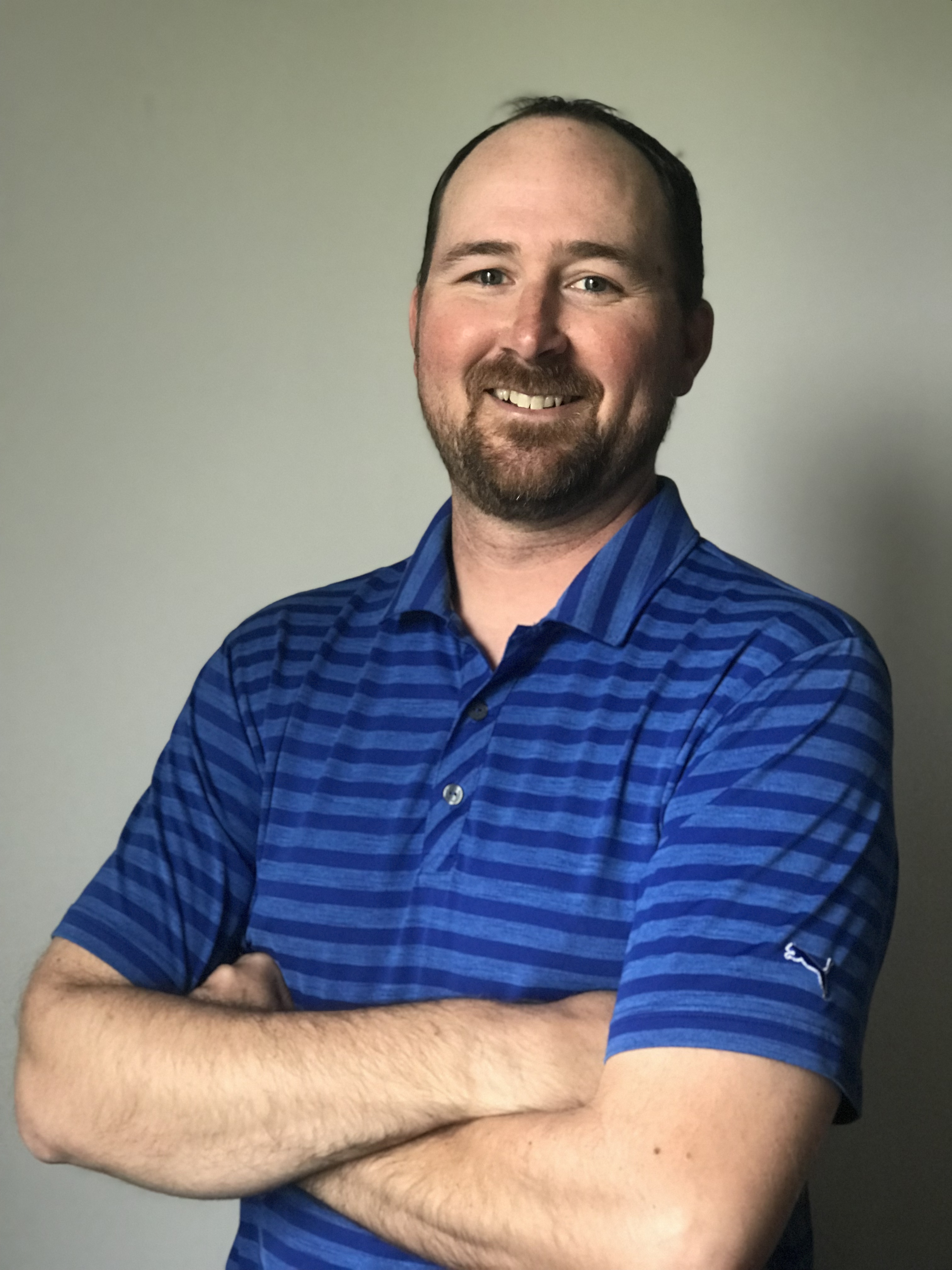"In order to help meet expectations, we prove that managing our variability and using the technology does pay."
- Aaron Seifert
RENEE HANSEN: Today, I'm here with Aaron Seifert, one of our business development managers, and we're talking about precision ag and “expectations versus reality.” What are some farmers’ expectations when it comes to precision ag?
AARON SEIFERT: Good question. I think precision ag expectations seem to be all over the board, and I think oftentimes that's because every growers’ operation is a little bit different. There are growers who have expectations around time and data management. There are growers who have expectations around better managing their input costs and fertility. There are growers who have expectations around greater visibility to their data and using that data to make better decisions. So, I think expectations really vary, and I think that's, like I said, because every grower's operation is a little bit different, and every grower is in a different place when it comes to precision. There are a lot of growers who are maybe just getting their feet wet, starting to figure out what the precision side of things mean. There are growers who are taking advantage of the equipment that they've purchased, or the technology that they've purchased on their equipment, to already do a bunch of variable-rate things but maybe don't have the analytics. I think that really affects what expectations can be. A lot of times, I think expectations are set really, really high, maybe based on some marketing or advertising or things like that. In many, many cases, those can be ill-informed and maybe just not possible, but I think, in any case, the precision side of agriculture has grown because it does pay. There is value and there is benefit to utilizing the technology that's on these pieces of equipment and the technology that we at Premier Crop employ from a software side of things to help growers make better decisions. So, expectations can be all over the board. I think the good thing is that there are expectations because that's what we need to do from a precision standpoint, to help meet those expectations and prove that managing our variability and using the technology does pay.
RENEE HANSEN: Yeah, so let's say one of a growers’ expectation is that they have to do it on their own. Tell me a little bit about if a farmer thinks that, oh gosh, they have to do all this precision ag on their own. What is the reality when working with a service?
AARON SEIFERT: I mean, it does seem a little daunting when you think about it. Even me, I've been in precision. I started on the hardware side and am familiar with different monitors and all those kinds of things. Even for me, when you're going from one piece of equipment to the next, and maybe you have different technologies in each tractor, I mean, it seems pretty daunting to be able to say: “Well, how do I manage all this stuff?” It’s coming from different places. I have it in different places, and some of it's in this service on the cloud. Some of it's on a thumb drive, and my fields don't match in my monitors, and it just seems like it's a mess. It can definitely seem daunting, but I think the good thing is how we go to business. Being able to help a grower through our software platform is great, but I think, really, the other big benefit here is our advisors. The advisors that we work with, that we have at Premier Crop, help a grower on-farm be able to manage that data and manage all those precision pieces that kind of seem overwhelming and complex. I think there certainly is a myth of having to do everything on your own, and there are some services that you could potentially have that would like you to do it on your own. I think we've seen and have had a lot of success by being a partner with the grower and being there with them and helping them through the process, taking some of those complex pieces off their plate and putting it into a much easier-to-use system and helping the grower through every step of the way.
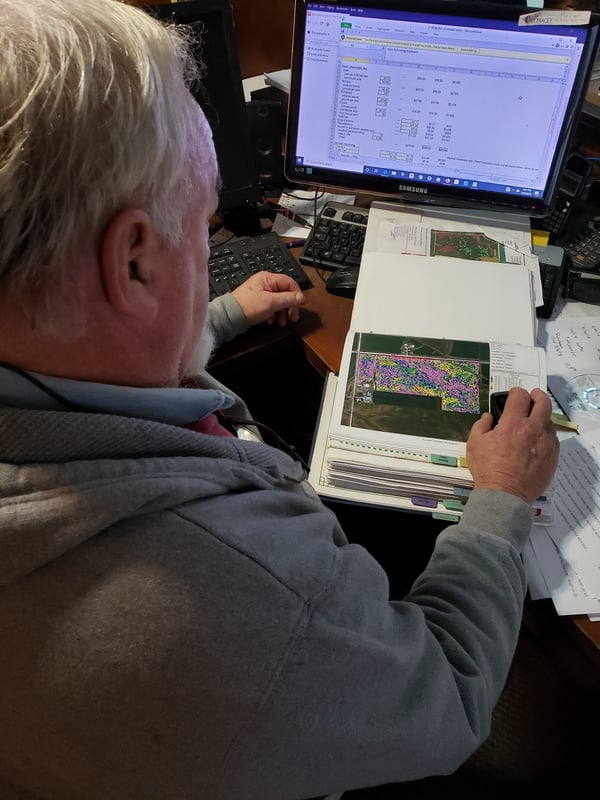
RENEE HANSEN: I think a lot of that reality is telling farmers that we can show up on your farm and help you get the data out, exporting the data. You don't have to do it on your own. You don't have to send it to us. It can be all put into one place.
AARON SEIFERT: I was just going to say that's just part of it. That's just managing the data. The thing that is even harder, I think, on your own is to actually make it make sense. If I want that data to actually work for me as a grower, to do that by myself, whether that's Excel spreadsheets or desktop software or whatever it might be, I mean that certainly is overwhelming or can get overwhelming real fast. The data management piece of it, for sure, is a huge help, to have our advisors there to help the grower, but it's really getting decisions out of the data. That is the really difficult part that, I think, we at Premier Crop try to make much easier. That's what we do, and that's our goal, to have that data work for the grower and help them make better decisions with it.
RENEE HANSEN: Yeah, because you're talking about that complexity of data. There are so many layers of data, and I know Dan Frieberg talks about all the layers of data. Just within the soil, there is the soil sample, the topography, the water distribution. Another expectation or myth that some farmers might have is that they have to spend a lot of time researching and studying the data. So, what's the reality of precision ag when it comes to layering all of the data, and how does precision ag or a company like Premier Crop help?
AARON SEIFERT: You talked about the layers of data, and I like to say that every piece of data is important. Every piece of data has some value, but, really, it's not until you bring them all together in one place and find the relationships between those layers of data that the value really shines. I think that's really what we do. We bring all that data into one place, look through those different layers, find the relationships that are potentially profit-limiting or the “1+1=3” type things that are going on out there in the field and try to replicate those. That's really the complex piece that we, as a company, have software that helps us do. Then, again, you could spend all your time searching through, researching, looking through all those pieces of data and trying to make it make sense, but having somebody like Premier Crop on your team to go through that data for you, have software help, have conversations with the grower, help put those pieces together and then come up with an action plan. Really, we're delivering insights, talking through scenarios and trying to find the best way forward, based on what the data is telling us. So, it is all in one place. We are able to look through the different layers, find the relationships, have conversations with the grower about things that the software can't see. I mean, I think that personal piece is always important, and that's a great place where our advisors help growers understand both what the data is saying, along with what their experience is, and then coming up with the best recommendation possible.
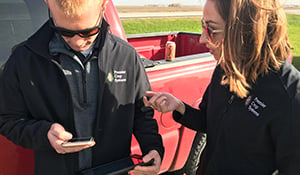
RENEE HANSEN: So, it's not only the data. It's the data coupled with the agronomy, with an advisor, coupled with economics. I think that was a really great point that I just wanted to pull out that you stated.
AARON SEIFERT: Absolutely. It’s those pieces, along with the experience of the grower. It's hard to have software do it all right, so being able to tie it all together with an advisor, with a person, is really key.
RENEE HANSEN: As we talk about another expectation or maybe even a myth, it’s that some growers think that they have to have it figured out right away, or they have to have a variable-rate planter, and that's not the reality.
AARON SEIFERT: I think, again, one of the things that we try to do is meet growers where they're at, depending on wherever they're at in that precision ag timeframe or continuum. If they're really early on, or if they're experienced with precision ag, there's something that our advisors in our program, our system, can have to offer them. You can do a lot with just variable-rate fertility. You can do a lot with just analyzing what's going on out there to help you figure out what things you need to replicate, what things you need to focus on, what areas are potential profit-limiting areas for you and factors that influence those. So, you certainly don't have to have it all figured out. I think the important part is getting on the bus, like Dan always likes to say. Let's get them on the bus, and let's figure out where they're at today, figuring out what the ways are forward. It doesn't mean equipment upgrades. It doesn't mean spending a ton of money on this or that. It's really about figuring out where we're at and doing what we can with what we have, and we just learn. The biggest thing that I think about farming, in general, and precision ag is the insights. If you're not learning, you're not trying hard enough. There's always something we can learn from every year, and every year is different, and it brings new challenges. Being able to pull out little nuggets of knowledge from every year that we get to do this is the important part because there's always something we can do to get a little bit better. If you're one of those growers who continues to try to be better and just gets a little bit better every year, over the course of time, you're the grower that still has access to the land and is still farming and being profitable doing it. So, that's our job. It’s really helped growers continue to learn, take them where they're at today and figure out what it takes to continue to improve and get them to the next step. I mean, I think figuring it out is really what we do, and there's no silver bullet anymore. It sort of seems like there is no perfect answer. Every grower is different, but the data tells a story, and when we bring that all together and figure out what's going on, then we have a lot of success managing the variables that are out there and helping growers both take advantage of those high-producing areas, as well as minimize their risk in those low-producing areas. It's a good thing to just keep learning, and I think, like you said, too, part of the learning is to try to learn a little faster. You don't have to have it all figured out, but if I can learn a little bit faster, that's a really big deal in today's world, where hybrids don't last that long, where rental contracts are often a year or two or three. We need to try to figure stuff out fast to take as much advantage of those inputs as we can. So, things like our enhanced learning blocks really help growers do that at a quicker speed.
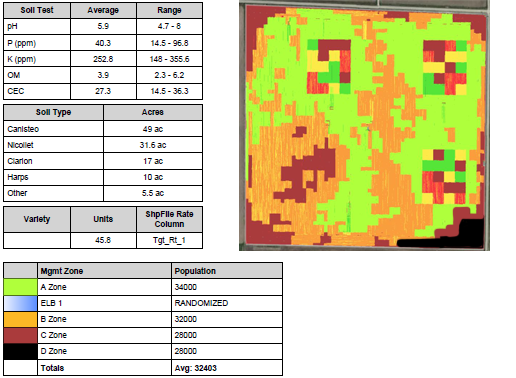
RENEE HANSEN: Yeah, let's elaborate on that, too, a little bit more because another expectation is that you might have to have an agronomy degree to be successful with precision ag, but the reality is you can learn faster. Talk a little bit more about how we can help a grower learn faster.
AARON SEIFERT: Again, like I said, our goal and our advisors’ goals are just to continue to learn. We want to share in the learning because we don't have every answer, either, and I think what we do have is the ability to work with a grower to figure out what's going on out there and how we manage it and how we do get better. So, that shared learning piece is really important. There are a lot of complexities that go into agriculture, from equipment to agronomy to soils to weather. A lot of the things we can't control. A lot of them we can, and so it's about pulling out those pieces that we can control and really learning with the grower on what works, what doesn't, making sure that we prove it along the way. Hey, this works. This doesn't. Maybe there was a yield increase, but it wasn't profitable. Or maybe we're growing super high-yielding crops, and we figured out a way to do it sustainably, a way to do it profitably and economically. I mean, that's really the ultimate goal. It's about the amount of dollars you put back in your pocket, not necessarily the bushels you put in the bin.
RENEE HANSEN: Yes, exactly. Well, thank you, Aaron. Really appreciate your time today on “expectations versus reality” with precision ag and with the Premier Podcast.
Thanks for listening to the Premier Podcast, where everything agronomic is economic. Please subscribe, rate and review this podcast so we can continue to provide the best precision ag and analytic results for you. And to learn more about Premier Crop, visit our blog at premiercrop.com.

